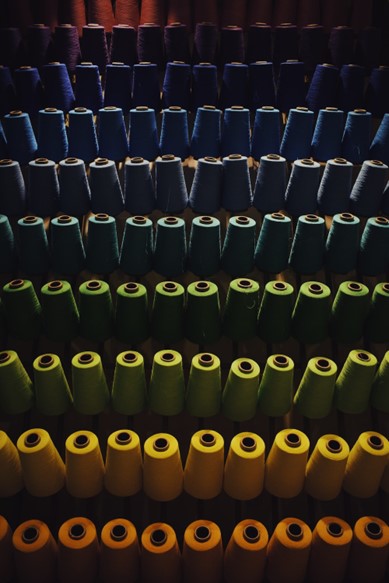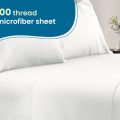Introduction
Today, the fashion industry faces several challenges to remain profitable and continue developing. The demand for new fashion designs has grown incredibly rapidly and it’s almost impossible to keep up with the trends. As a result, the textile industry is being forced to look for new ways of increasing its profit margins while also reducing input costs. In fact, the total cost of production of textiles is one of the highest across all manufacturing industries. This means that any reduction in these costs leads to an increase in profitability and a lower price point for consumers. To meet these growing demands and reduce the production cost, designers are integrating technology into every step of their workflow from design all the way through production. One such example is using AI and Computer Vision algorithms in order to automate pre-production tasks like detecting patterns or duplicates in images. Other methods include using 3D printing for prototyping as well as AI-based recommendation engines for optimizing manufacturing processes based on historical data.
Coloreel Embroidery Digitizing Services
Introducing Coloreel – The Revolutionary New Thread Coloring Platform
Coloreel is a revolutionary new thread coloring platform that promises to revolutionize the way coloring is done. Until now, thread coloring has been done manually, meaning that each and every spool of thread has been manually colored with a color specific to the design being used. This is incredibly time-consuming and incredibly expensive. Coloreel’s fully automated coloring device can automatically color every spool of thread with the correct color. This means that retailers can stock a wider range of products, with more designs. They can also sell their products at a lower price, because of the reduced input costs.
Why Is Coloring Important?
Thread coloring and dying are an important parts of the textile manufacturing process. It ensures that the fabric you purchase has the correct colors, with the correct brightness and shade. Without this process being done properly, your garment won’t look the same as it does in the design. A good example of how important thread coloring is can be seen in the image below. The image on the left is a design for a t-shirt that has been created using a standard RGB color palette. The image on the right is the exact same design, but with the colors being replaced by their CMYK equivalents. As you can see, the colors aren’t the same.
The Challenges of Coloring
Coloring fabric and thread manually is a time-consuming, costly and laborious process. It requires a specialist to manually select the correct color, apply the dye and then manually thread the spool through the machine, making it incredibly difficult to expand your product range. In fact, coloring fabric can also have a significant impact on the finished product. A poorly colored garment can be highly noticeable, especially if the color is off. It can leave customers feeling disappointed and less likely to buy from your brand again, which will reduce your profits. If you want to expand your product range and provide consumers with even more options to choose from, you will need to find a way to automate the coloring process. Fortunately, there are a few different ways in which you can do this.
How Coloreel Can Help
Coloreel’s automated coloring device can be used to automate the coloring process. This means that retailers can expand their product range while also reducing their input costs. Coloreel can be used to color thread or fabric and the device features a built-in artificial intelligence algorithm that automatically detects the correct color to apply. In addition, the algorithm can also be adjusted to account for the changes in brightness or shade that occur when the fabric is dyed. This means that your garments will look just as they do in the design, which will leave customers satisfied, as well as increase your profits. The Coloreel team has spent the last couple of years researching and testing their technology. Their device can be used to color threads and fabrics, meaning that it is versatile and can be used in a wide range of applications.
Conclusion
The fashion industry is facing several challenges in order to remain profitable and continue developing. The demand for new fashion designs has grown incredibly rapidly and it’s almost impossible to keep up with the trends. As a result, the textile industry is being forced to look for new ways of increasing its profit margins while also reducing input costs. In fact, the total cost of production of textiles is one of the highest across all manufacturing industries. This means that any reduction in these costs leads to an increase in profitability and a lower price point for consumers. To meet these growing demands and reduce production costs, designers are integrating technology into every step of their workflow from design all the way through production. One such example is using AI and Computer Vision algorithms in order to automate pre-production tasks like detecting patterns or duplicates in images. Other methods include using 3D printing for prototyping as well as AI-based recommendation engines for optimizing manufacturing processes based on historical data.



















No Comments